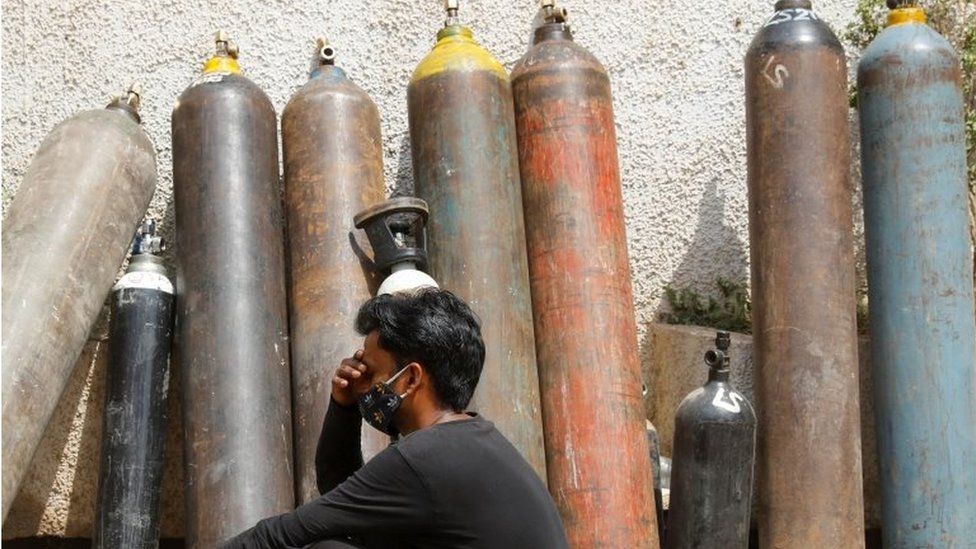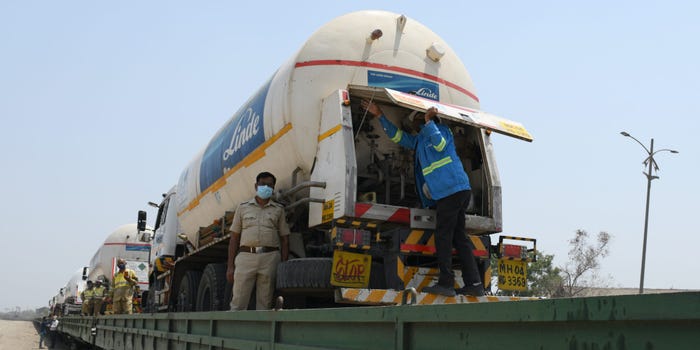The press release describes policies in place and what institutions have received help.
By Ashima Sethi
As of Thursday, news outlets like the BBC and The Independent published articles that called to question whether global COVID-19 aid was actually reaching people in need in India, as reports by local media suggest that for several days, the majority of the much-needed cargo sat idle in airport hangars. It is rumoured that distribution of emergency assistance did not begin until late Monday evening, marking a week since the beginning of major global efforts to quell the rapid spread of infection in the nation.
Since India began spiralling into crisis, several nations including Israel, the United Kingdom, the United States, Hong Kong, and Thailand have pooled together resources such as oxygen concentrators, the antiviral drug Remdesivir, personal protective equipment, and ventilators, for use in hospitals across India, many of which are at breaking point as the nationwide oxygen shortage continues.
The BBC reported that as of Sunday, more than 300 tonnes of supplies on 25 flights had arrived at Delhi International Airport, but as the crisis escalates, it begs the question: where exactly is the help going? State and health officials have been vocal with international media outlets about the absence of transparency and information from the central government regarding where the aid is, and when they can expect to receive any.
However, despite claims from the ground that aid has not reached those who require it, as of Wednesday, the Indian Government published a press release detailing its distribution efforts. The document states that they are “working 24 x 7 to fast track and clear the goods on arrival” and that “based on [specific criteria], 24 different categories of items numbering nearly 40 lakhs have been distributed to 38 institutions in different States.” The document then goes on to list the areas and medical institutions expected to receive relief in the coming days. You can read the full document here.
Despite clear logistical challenges that come with distributing aid, it is heart-wrenching to think about how many lives are lost every minute that this battle against the virus continues. CNN has reported that in the week in which distribution systems had to be revaluated and streamlined as there were no established policies in place to deal with this level of allocation, 23,000 Indians died of COVID-19. This is a reality that is not going to change without complete transparency, effective communication, and limiting bureaucracy, as this is not merely a fight for the people on the ground or in hospitals, it’s a fight for absolutely everyone.
As Indian media has begun to grow critical of the distribution of aid, the Ministry of Health and central government have voiced their decision to ramp up measures. A bit of good news during an otherwise troubling time. It is reported that two onsite oxygen production plants are now operational in Delhi, and the government hopes to set up 500 of these plants across the country in the next few months. This week, oxygen supplies have also been sent to hard-hit states by rail on what has been nicknamed ‘The Oxygen Express.’ The Indian airforce has delivered an initial batch of 450 cylinders to Chennai and 350 cylinders to Mumbai.
With conflicting reports coming from local officials vs. government officials, we may never know the reality of what aid has been distributed, and where. However, it’s undeniable that across the board, our hope for a healthier India remains the same. As foreign donations continue to grow worldwide, we recommend still doing your party to support relief measures for India in Thailand, many of which have been spearheaded by members of the community.
Here are a few places you can start:
DeeMoney | Dev Mandir, Hindu Samaj | Embassy of India, Bangkok | Indian Association of Thailand
Featured image credited to The Boston Globe.








